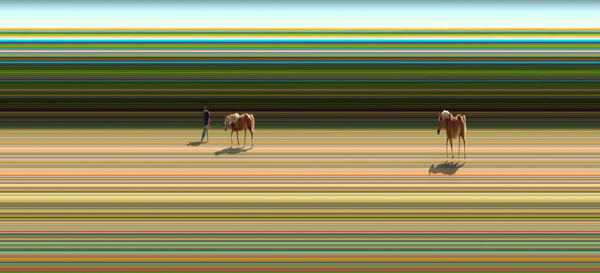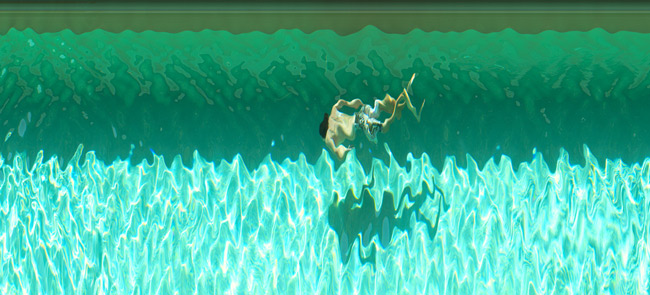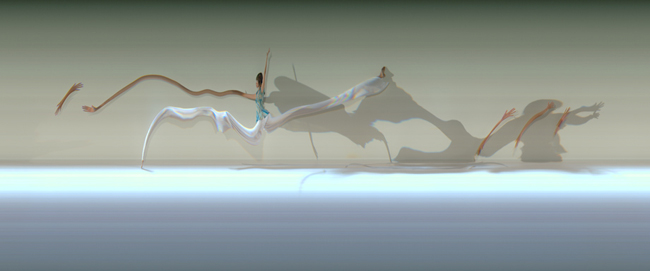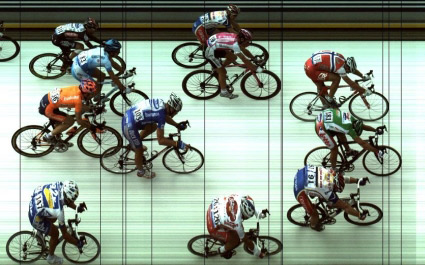Slit shooting: horizontal time compression

Photo: Jay Mark Johnson
Here is an original picture, without processing in a photo editor or applying any kind of artistic effects. Extremely accurate documentary photo. Only this is not a picture of one moment, as in ordinary photography. The frame contains events that took place for about 30 seconds on a space gap of 1 pixel wide. The picture was taken using slit photography.
The camera takes frames in pixels wide, and then glues the vertical stripes into one picture. As a result, we see what happened in the frame (gap) for a certain time. We can conclude, for example, that the second horse in the picture above passed the gap faster, because its “size” is smaller than that of the first horse.
Slit shooting allows you to get beautiful pictures. It is all the more surprising that there is no distortion on them, this is just another way to look at the surrounding reality.

Photo: Jay Mark Johnson

Photo: Jay Mark Johnson
Pictures seem to be fantastic, although they are absolutely accurate. Slit photography has been used in sports for almost 150 years. Modern photo-finish systems operate on the same principle, taking only the pixels of the finish line, and then composing them into a large photo. The peculiarity of this shot is that all the athletes in the photograph, and even individual parts of the body of each particular athlete, are depicted at different points in time, but on the same line of space.

This technique is sometimes used in cinema. For example, slit shooting was used in the intro of the Doctor Who series, as well as in the films 2001 Space Odyssey and Star Trek: The Next Generation (TNG).
As you can see, the space-time distortion effect is best suited for science fiction films, which is surprising here.
The video, made by Australian craftsman Daniel Crooks, demonstrates well the effect of slit shooting when composing a video sequence.
By its nature, the effect of slit shooting is easily algorithmized. You can take any video shot with a static camera (for example, a web camera) - and combine the columns of pixels with the same coordinates from different frames. That is, from the video 640x480 pixels, lasting 60 seconds at 25 fps, you get a picture of 1500x480 pixels.
PS One of the readers of Hacker News in discussing the topic of slit shooting, presented the implementation of a similar effect on JavaScript , taking a picture from a webcam (WebRTC support is needed in the browser).
